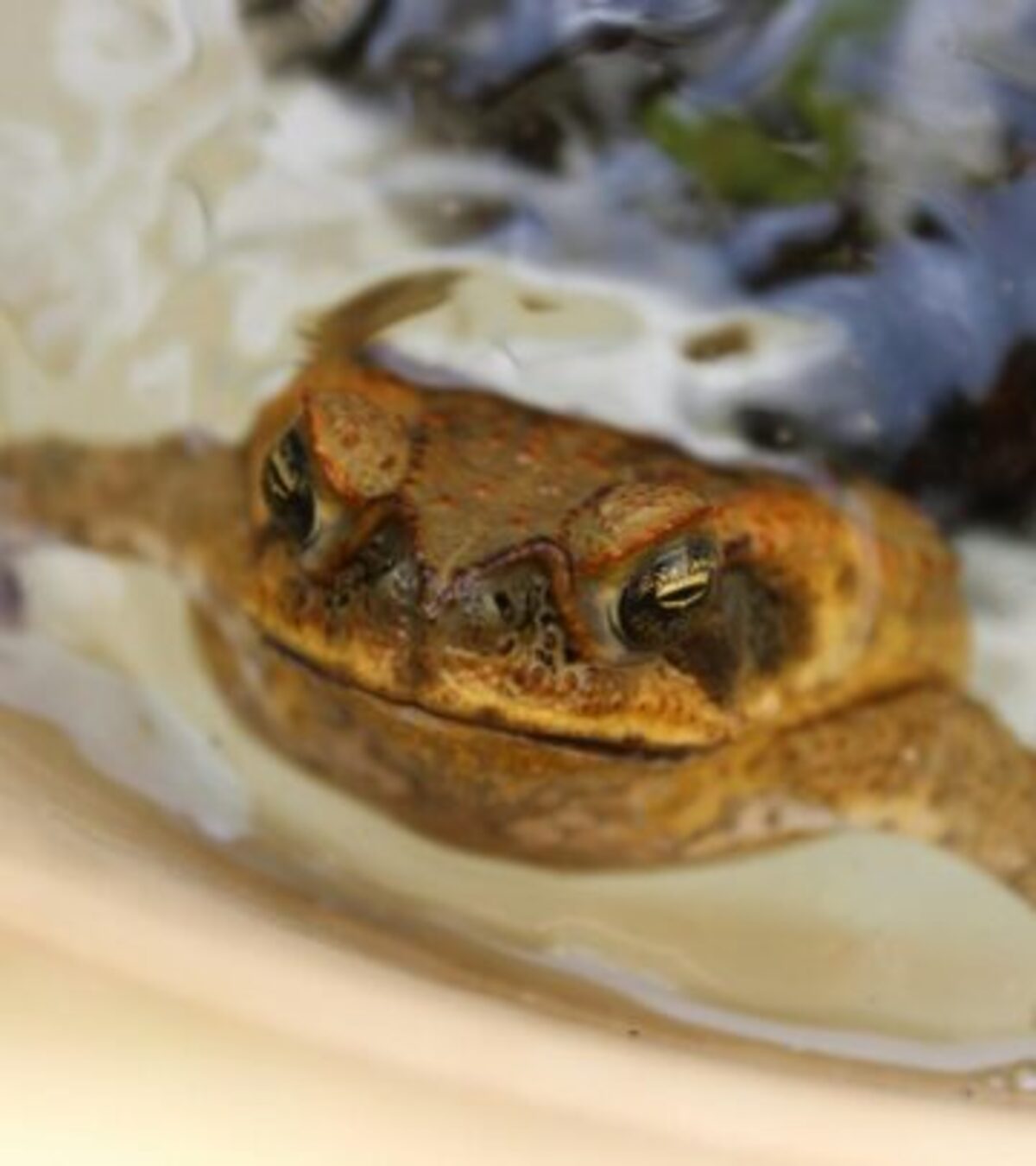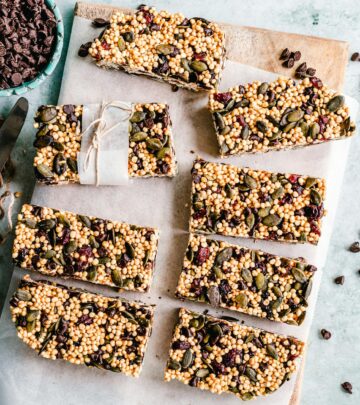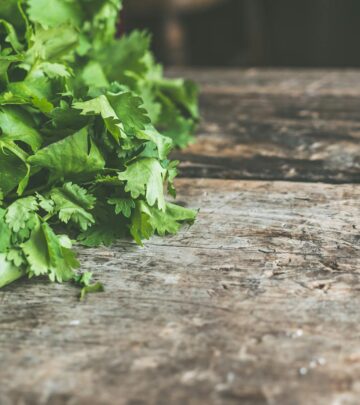Classic Toad in the Hole: A Traditional British Comfort Food Guide
Discover how to make perfect Toad in the Hole with crispy Yorkshire pudding, juicy sausages, and rich onion gravy.

Classic Toad in the Hole Recipe: The Ultimate Guide
Few dishes capture the essence of British comfort food quite like Toad in the Hole. Featuring succulent sausages nestled in crisp, golden Yorkshire pudding and topped with savory onion gravy, this recipe is beloved for its aroma, flavor, and simple yet satisfying nature.
In this detailed guide, you’ll discover the history of Toad in the Hole, essential ingredients, easy-to-follow instructions, expert tips, and serving suggestions that guarantee delicious results every time.
What Is Toad in the Hole?
Toad in the Hole is a classic British dish comprising sausages baked into a puffy, golden Yorkshire pudding batter. Its roots trace back to the 18th century as an economical way to pad out limited meat supplies by combining them with a substantial batter. The playful name is thought to come from the visual of sausages poking through the batter, resembling toads emerging from their holes. Today, it remains a hearty favorite, often served with onion gravy and seasonal vegetables.
Why Toad in the Hole Is a Comfort Food Staple
- Hearty and Filling: Combining protein-rich sausages with a fluffy batter creates a meal that satisfies.
- Budget-Friendly: It stretches simple ingredients into a dish fit for the whole family.
- Versatile: You can use different kinds of sausages and serve it with a variety of sides and gravies.
- Easy to Prepare: With easy techniques and little effort, it’s a practical weeknight dinner or Sunday lunch option.
Ingredients for the Perfect Toad in the Hole
- Sausages: 8 high-quality pork sausages (approximately 450g); traditional British ‘bangers’ work best, but any flavorful sausage will do.
- Flour: 150g (1.25 cups) plain (all-purpose) flour for classic Yorkshire pudding texture.
- Eggs: 3 large eggs, to help the batter rise and bind.
- Milk: 200ml (1 cup) semi-skimmed milk for richness.
- Water: 50ml (0.25 cups), helps achieve the perfect consistency in the batter.
- Sunflower Oil: 2 tablespoons for roasting sausages and ensuring a crispy pudding base.
- Salt: A good pinch to season the batter.
Optional for Serving
- Onion gravy — classic accompaniment.
- Steamed vegetables or mashed potatoes.
Equipment You’ll Need
- Ovenproof metal baking dish (preferably 9×13 inches or similar size)
- Mixing bowls
- Whisk or electric mixer
- Measuring jug and spoons
Step-by-Step Instructions
1. Prepare the Oven and Sausages
- Preheat your oven to 220°C (425°F).
- Add 2 tablespoons of sunflower oil into the ovenproof dish and tilt to coat the base.
- Place the sausages in the dish, turning them to coat in oil.
- Roast in the oven for 10 minutes, so they begin to brown and the oil gets hot. This step is crucial for crisping up the sides of your Yorkshire pudding.
2. Make the Yorkshire Pudding Batter
- In a bowl, combine the flour and a pinch of salt.
- Add the eggs and whisk together until you form a thick, smooth paste.
- Add about a third of the milk and whisk until smooth; repeat with the remaining milk and all the water, whisking until the batter is lump-free and pourable but not watery.
3. Combine and Bake
- Carefully remove the dish with sausages from the oven. Pour the batter evenly around the sausages (not over them), ensuring each sausage is visible.
- Return the dish to the oven. Immediately lower the temperature to 200°C (400°F).
- Bake for 30 minutes—without opening the oven—for a perfectly puffed, golden pudding. Opening the oven prematurely can cause the pudding to deflate.
4. Serve Hot
- When the pudding is risen and deep golden brown, remove it from the oven.
- Serve immediately in generous slices, ideally with onion gravy and your choice of vegetables.
Top Tips and Tricks for Success
- Use a Hot Dish: Always pour batter into a piping hot dish with hot oil to create the signature crispy base.
- Don’t Disturb the Bake: Once the dish is in the oven, don’t open the door for the first 25 minutes. Even a brief opening can cause the batter to collapse.
- Rest the Batter: Let your batter rest for 20-30 minutes if possible before baking. It ensures a lighter, more tender pudding.
- Choose Good Sausages: High-quality sausages with a good fat content yield more flavor and juiciness.
Variations and Substitutions
- Vegetarian Option: Swap pork sausages for vegetarian or vegan sausages—adjust cooking times as needed.
- Flavored Sausages: Try using herbed, spicy, or apple-infused sausages for an exciting twist.
- Mini Toads: Use a muffin tin to create individual servings for parties or lunchboxes.
Serving Suggestions
- Classic Onion Gravy: A rich onion gravy complements the dish beautifully. Caramelize sliced onions, add beef stock, and simmer until thickened.
- Vegetables: Steamed peas, carrots, or roasted root vegetables balance the meal.
- Mashed Potatoes: Creamy mash is a perfect base for absorbing gravy and pudding.
Nutritional Information
| Nutrient | Per Serving |
|---|---|
| Calories | Approx. 490 kcal |
| Protein | 20g |
| Carbohydrates | 32g |
| Fat | 30g |
| Sodium | 820mg |
Values are approximate and vary based on sausage type and serving size.
History and Origins of Toad in the Hole
The origins of Toad in the Hole date back to 18th-century Britain, when the dish was devised as a way to stretch limited portions of meat with a substantial, affordable batter. Historically, the ‘toad’ was any available leftover meat, and as pork sausages became ubiquitous, they took their place front and center in the dish.
The whimsical name is said to have arisen from the appearance of sausages peeking through golden batter, reminiscent of toads emerging from a hole. Today, Toad in the Hole persists as a symbol of frugal comfort food and British culinary tradition.
Frequently Asked Questions (FAQs)
Q: Why did my Yorkshire pudding not rise?
A: The batter and oil need to be very hot before baking. Also, avoid opening the oven door during the initial 25 minutes to ensure maximum rise.
Q: Can I make Toad in the Hole in advance?
A: It’s best enjoyed fresh for peak crispiness, but you can reheat leftovers in a hot oven to restore texture (microwaving may make it soggy).
Q: What’s the best sausage to use?
A: Traditional British pork sausages (bangers) are ideal, but any thick, flavorful sausage works well. For a twist, try herbed or spicy varieties.
Q: Can I freeze Toad in the Hole?
A: Yes, you can freeze leftovers. Allow the dish to cool completely, slice into portions, and freeze in airtight containers for up to 2 months. Reheat in an oven for best results.
Q: Is Toad in the Hole gluten-free?
A: Traditional recipes use wheat flour, but you can substitute a gluten-free flour blend. The pudding may not rise as much, but the dish will still be tasty.
Expert Tips for the Perfect Toad in the Hole
- Allow batter to rest at least 20 minutes for a tender result.
- Whisk the batter well for maximum airiness.
- Ensure the oil is smoking hot before adding batter—the batter should sizzle on contact.
- Serve immediately when golden and crisp, as Yorkshire pudding softens over time.
Summary
Toad in the Hole embodies everything that makes British food comforting and time-honored: simple ingredients, no-fuss preparation, and unbeatable flavor. By following these detailed steps and expert tips, you’ll achieve a beautifully puffed, golden batter complementing juicy sausages, all finished with rich onion gravy and classic sides.
Whether you’re introducing this favorite to new audiences or rekindling nostalgic flavors, Toad in the Hole is a dish worthy of your regular dinner rotation.
References
Read full bio of Srija Burman




















Community Experiences
Join the conversation and become a part of our empowering community! Share your stories, experiences, and insights to connect with other beauty, lifestyle, and health enthusiasts.